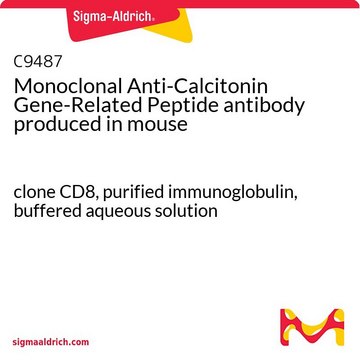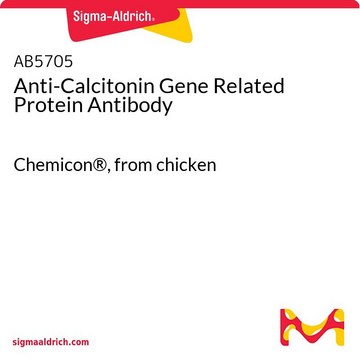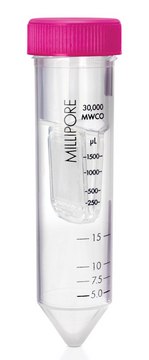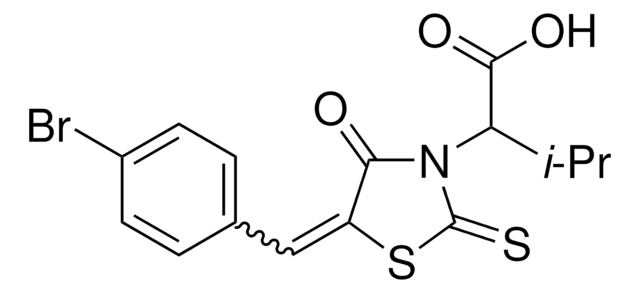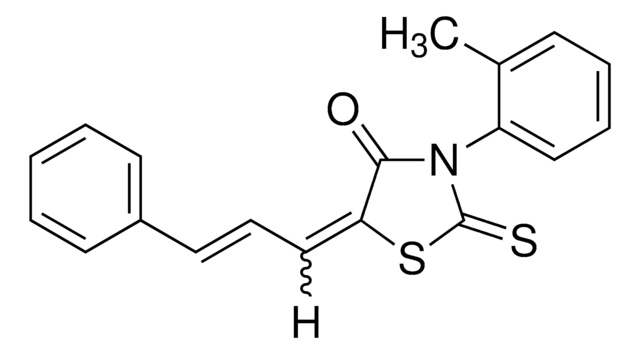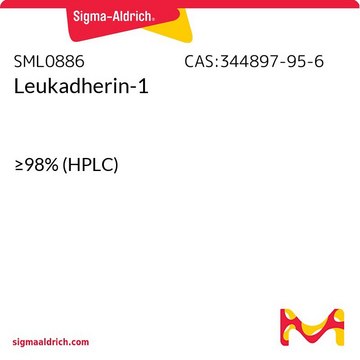SAB4200678
Anti-Collagen Type I antibody, Mouse monoclonal
clone COL-1, purified from hybridoma cell culture
Synonym(s):
Monoclonal Anti-Collagen Type I antibody produced in mouse, OI4, alpha 1, alpha 2, collagen, type I
Select a Size
Select a Size
About This Item
Recommended Products
biological source
mouse
Quality Level
antibody form
purified immunoglobulin
antibody product type
primary antibodies
clone
COL-1, monoclonal
form
buffered aqueous solution
species reactivity
pig, rat, human, deer, bovine
concentration
~1 mg/mL
technique(s)
ELISA: suitable
dot blot: suitable
immunoblotting: 1-2 μg/mL using recombinant human collagen, expressed in Nicotiana tabacum
immunohistochemistry: 3.5-7 μg/mL using frozen sections of human tonsil, human tongue or pig tongue
isotype
IgG1
1 of 4
This Item | SML0022 | SML0886 | SML2465 |
|---|---|---|---|
| assay ≥97% (HPLC) | assay ≥98% (HPLC) | assay ≥98% (HPLC) | assay ≥98% (HPLC) |
| form powder, yellow | form powder | form powder | form powder |
| Quality Level 100 | Quality Level 100 | Quality Level 100 | Quality Level - |
| storage temp. 2-8°C | storage temp. 2-8°C | storage temp. 2-8°C | storage temp. 2-8°C |
| solubility DMSO: soluble >10 mg/mL, H2O: insoluble | solubility DMSO: ≥25 mg/mL | solubility DMSO: 3 mg/mL, clear (warmed) | solubility DMSO: 2 mg/mL, clear |
General description
Immunogen
Application
Biochem/physiol Actions
Physical form
Disclaimer
Not finding the right product?
Try our Product Selector Tool.
Storage Class Code
12 - Non Combustible Liquids
WGK
WGK 1
Flash Point(F)
Not applicable
Flash Point(C)
Not applicable
Choose from one of the most recent versions:
Already Own This Product?
Find documentation for the products that you have recently purchased in the Document Library.
Our team of scientists has experience in all areas of research including Life Science, Material Science, Chemical Synthesis, Chromatography, Analytical and many others.
Contact Technical Service




